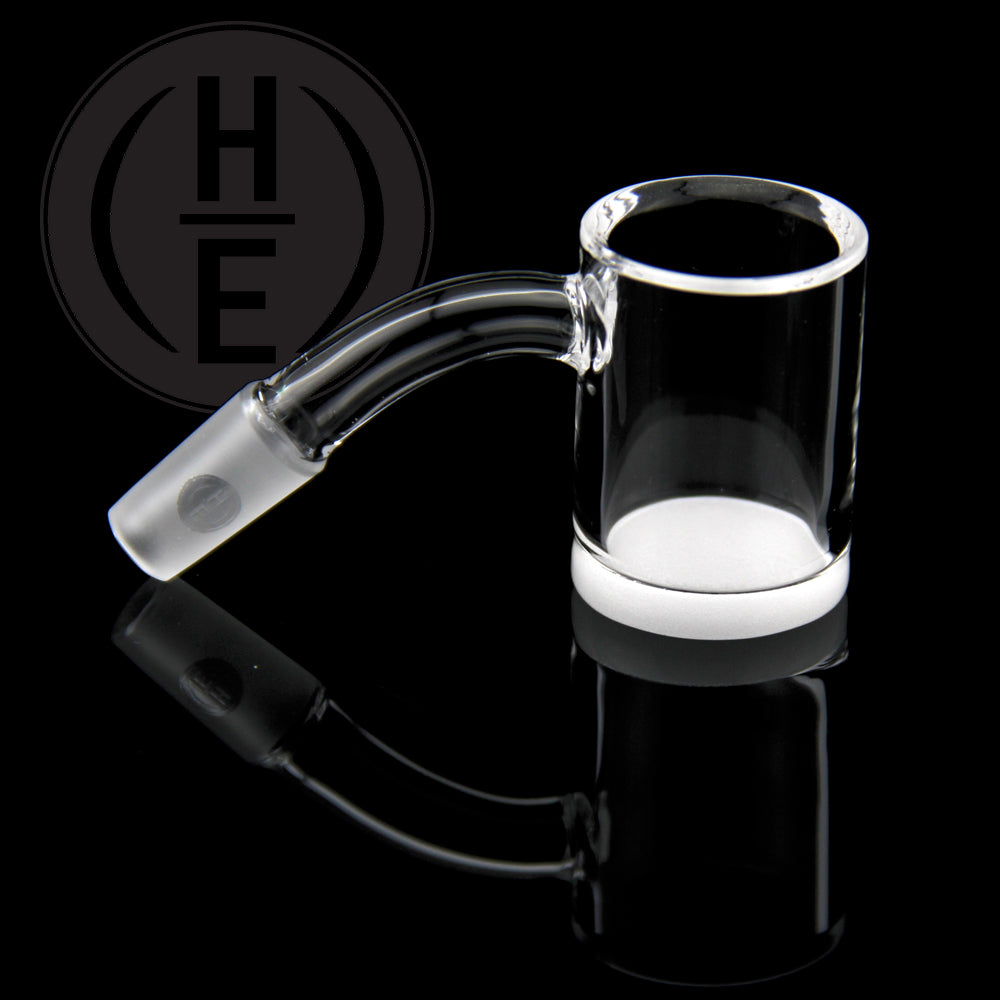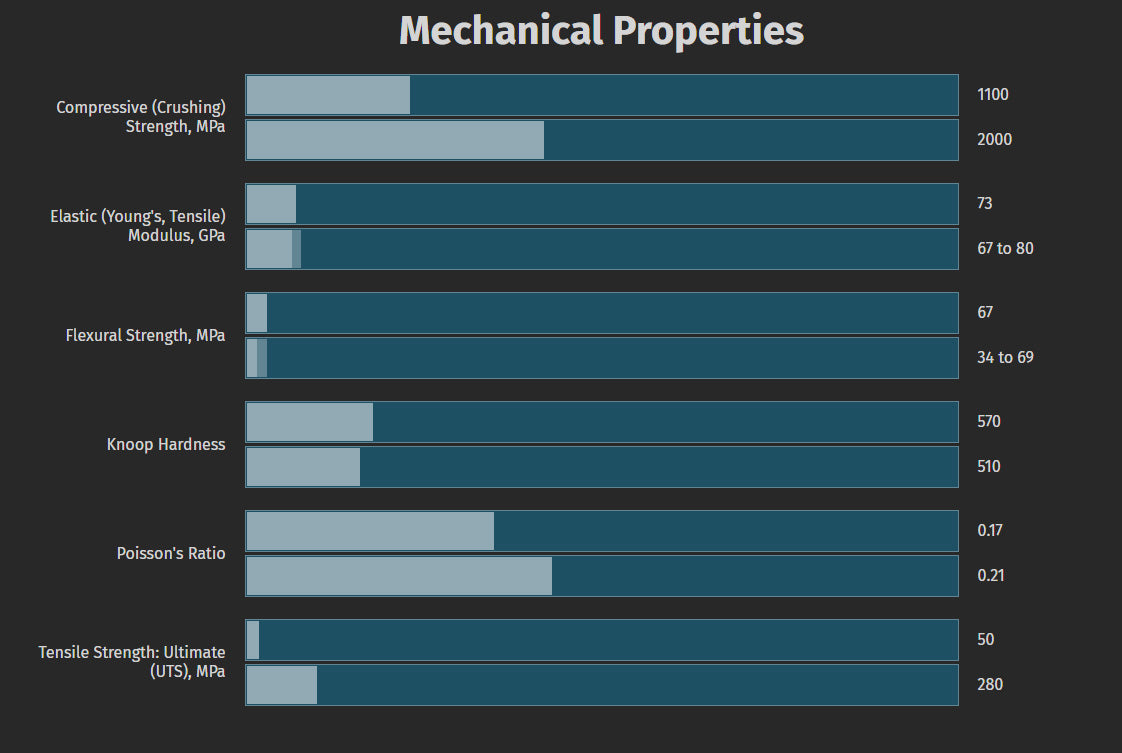
45° v.s. 55° Why does it matter?
Recently we changed the angle on our 45° male Gavel nails to a 55° and if you are wondering why then this article is for you.
In order for the combination of any rig/piece and nail to be level (flat) at resting position, both the angle of the joint on the rig/piece and the angle of the joint on the nail must add up to a total of 90°. For example, rigs with their joints attached in a perfectly vertical position could be said to have an angle of 0° and therefore require a nail with a 90° bend to be flat at resting position. Similarly, a rig with a joint attached at a true 45° angle would require a nail with a true 45° angled bend to attain a 90° (level) bucket.
The nature of the potential issue with a true 45° arises with the angular forces that are applied on the bucket when in use and during cleaning. These angular forces, if applied perpendicularly to the bucket wall, will have an equal angle of force as the bend on the Gavel, or any other nail for that matter.
When speaking of the angle of the forces applied on the joint; we can orient any joint (whether a 45° or 90°) as being 0°. To disconnect any joined joints, you would need to pull on one joint with an equal angular force of 0° to remove it. When the force is at 90° relative to the joint, the force is not pulling on the joint, but rather, pushing it into the wall of the joint which it is connected. When the force is at 45° relative to the joint, forces applied perpendicular to the bucket wall balance on the line between acting as a pushing or pulling force on the joint. These rare moments of pulling forces are experienced with the nail disconnecting itself from the piece, and falling to the table or floor.
In observance of this issue we decided that by adding an additional 10° to the angle of our bend, it would put us further on the side of the pushing forces, and move us away from the pulling forces. We made a true 45° to begin because that was an industry standard we were trying to adhere to. In practice we have found that many of the rigs are not true 45° anyway so the effort to create a 90° balance with a true 45° has usually failed.
With our experience on the market now, it is our position that the 55° is superior to the traditional 45° angled joint. It is also our position that combined degrees should switch from a 45° rig / 45° nail combination to, at the very least, a 35° rig / and 55° nail combination to create a more sturdy nail connection during use and clean up. We know the industry won't change over night, and nothing is ever standard here but we ask artists to take this information into consideration when designing their next rigs for potentially making a better piece for there customer as well.
Task


